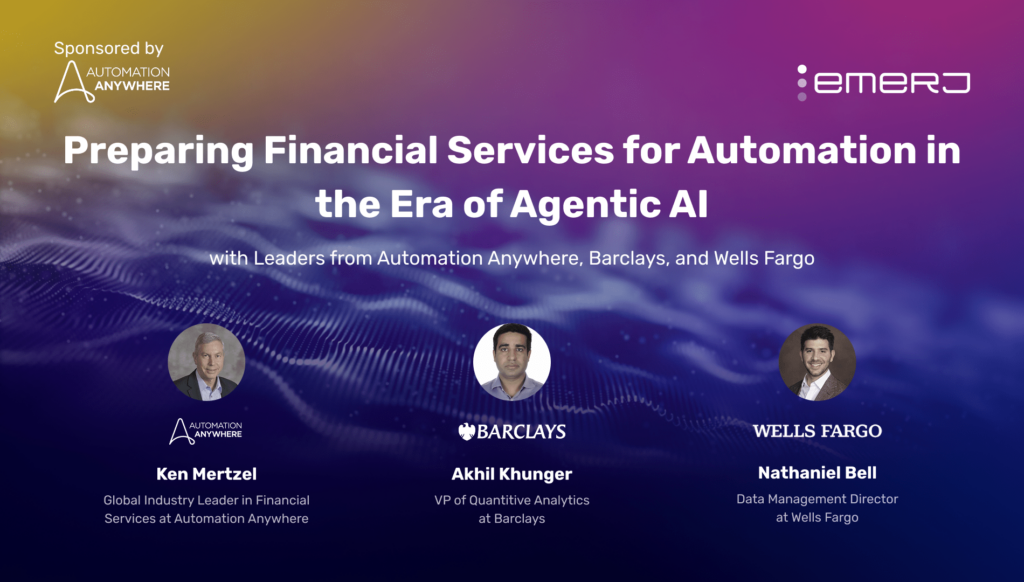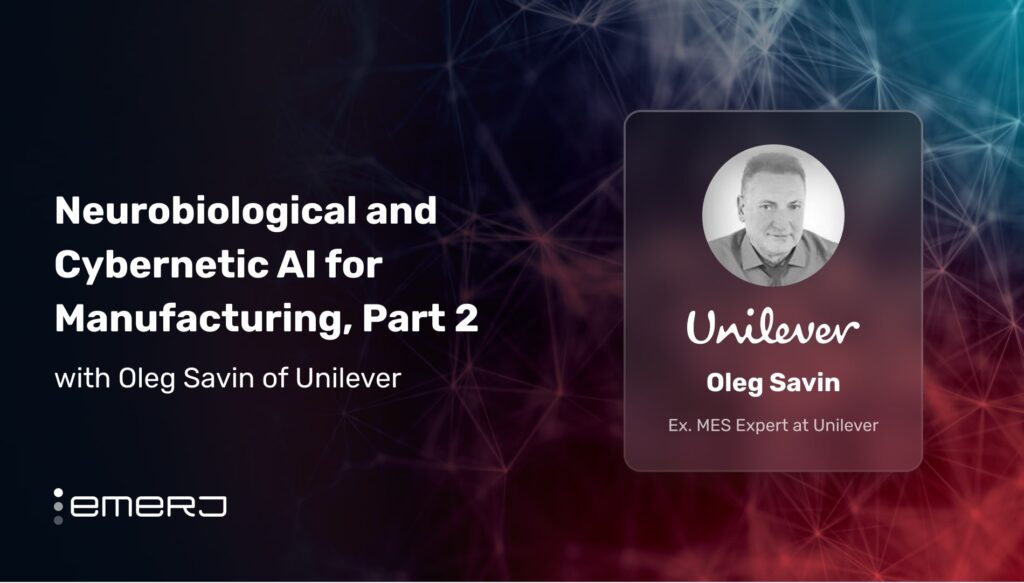Episode summary: In this week’s episode of AI in Industry, we speak with Larry Lafferty, the President, and CEO of Veloxiti. Larry has been building large AI projects for DARPA and other large private companies for the last 30 years.
In this interview, Larry explains three critical factors to applying artificial intelligence in the enterprise (with insights especially relevant for companies who aren’t very familiar with AI and data science).
AI vendors and business leaders should find the “how to” insights in this interview useful – particularly Larry’s details on organizing data and defining an machine learning-applicable business problem.
Subscribe to our AI in Industry Podcast with your favorite podcast service:
Guest: Larry Lafferty, President and Chief Executive Officer at Veloxiti
Expertise: Software development, artificial intelligence, defense industry
Brief recognition: Larry earned an M.S. degree in computer software engineering from the University of South Carolina – Columbia. He has also previously served as the Program Manager in ISX Corporation for a period of 8 years and as the owner of Softpro Technology Inc. for a period of 12 years. Before becoming President and CEO of Veloxiti, he served as the company’s Chief Engineering Officer for a period of 7 years.
Big Idea
Larry identifies what he considers to be the three most important factors for successfully applying AI in an enterprise:
- Understanding the Problem. Understand the objective of the solution – and ensure that AI is actually the right tool for the job (hint: often, it isn’t). Larry mentions a project where this advice wasn’t followed: “We built a number of softwares for the US Air Force to help pilots plan missions and trained the users on the software. After about 6 months we figured out that they were using whiteboards to plan because the software system didn’t account for a particular issue that we weren’t aware of.” Getting a full idea of the exact problem to be solved (or result to be achieved) is harder than most business leaders assume – and it’s an expensive mistake.
- Integrate Deep Domain Knowledge. Businesses looking to adopt AI need to be aware that having good domain experts working alongside the software developers is key to achieve successful integration. Larry adds, making the assumption that the best domain experts will be available for the project in all cases is not very reasonable. He states that in a significant number of previous projects that he was a part of, an external domain expert was hired and in some cases, these external experts worked alongside the user company’s own domain expert. According to Larry, the development teams need to work alongside domain experts and absorb the knowledge for successful integration of AI in most cases. In the same example mentioned above, Larry states “By the end of the project, our developers knew a lot about Air to Air Combat by constantly interacting with the domain experts (US Air Force active fighter jet pilots in this case).
- Ensuring access to data for configuration of the platform. The training of any machine learning solution requires large amounts of data. Larry warns that access to the data needed for a specific solution can be hard to access and to work with. For example, he mentions a project with a large MNC in the oil and gas industry which was headquartered overseas and had a US subsidiary in New Orleans. During a consulting project, the company promised access to data for the configuration process and yet when the US office was approached, they refused to share the citing data ownership (they claimed the data belonged to the US subsidiary). The lesson for businesses here is that even if all the involved parties agree on accessibility to data, there still aren’t any guarantees that this will materialize successfully and ensuring that data quality and data ownership are areas to focus on before embarking on any potential AI adoption projects. This is especially challenging for older businesses with “silos” of data and no history of data openness and clarity (making a cultural change in such a company is often near impossible).
Interview Highlights with Larry Lafferty
The main questions Larry answered during this interview are listed below. Listeners can use the embedded podcast player (at the top of this post) to jump ahead to sections they might be interested in:
- (3:18) What have been some of the lessons in getting AI to click in existing businesses?
- (5.18) Can you give us some representative examples of how businesses can identify the right problems where AI can help?
- (9.20) Can you talk about some of the deeper homework that needs to go into building large AI systems?
- (17.40) What is the role of domain experts in the integration process?
- (19.56) What can companies do to make sure that have access to data to train AI platforms?
Subscribe to our AI in Industry Podcast with your favorite podcast service:
Header image credit: Adobe Stock






















